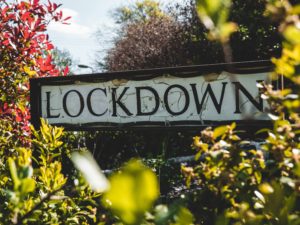 Among the most vulnerable population impacted by the COVID-19 pandemic has been the elderly. Those in senior living residential communities are at an even greater risk due to the fast-spreading nature of the disease. In fact, the New York Times has reported that more than one-third of the national COVID-19 deaths have occurred in “nursing homes and other long-term care facilities.”
Among the most vulnerable population impacted by the COVID-19 pandemic has been the elderly. Those in senior living residential communities are at an even greater risk due to the fast-spreading nature of the disease. In fact, the New York Times has reported that more than one-third of the national COVID-19 deaths have occurred in “nursing homes and other long-term care facilities.”
While communal living has many advantages – and is indeed a necessity for our aging population and others in need of care – when it comes to containing highly contagious diseases, it’s all about isolating the virus to slow or stop its spread. In more densely populated facilities or facilities that rely on shared spaces, this can be a challenge.
How Design Informs Function
Much like the future of medical builds, long-term residential care facilities may also look different in the years ahead. Of critical importance will be designing communities that enable caregivers to isolate the virus and decrease its risk for transmission.
Newly constructed and renovated senior living and assisted-living facilities will most certainly be designed with contagion in mind. However, this does not necessarily mean building larger, more sprawling facilities.
Rather, it means reimagining the layout of the facility to account for things like an internal viral care unit where residents may be moved if they become affected by a contagious disease. Additionally, a renewed focus on renovating outdated buildings will be important, especially when it comes to improving ventilation, as studies suggest that the coronavirus is more likely to spread indoors than outdoors.
Creating a Sense of “Home”
For long-term care residents, it’s important to not lose sight of the fact that these facilities are their homes. The COVID-19 pandemic has created new challenges in how we live, work, and play, and its effects are felt no matter how or where you live.
As we venture into the next phase of commercial construction and renovations on healthcare and assisted-living facilities, creating a sense of home will remain essential. Things like designing inspiring architecture, planning additional outdoor spaces, and adding beauty to the buildings – inside and out – will make living in these space so much more enjoyable for the residents.
At Seacoast Construction, we’ve been constructing medical and assisted-living facilities for more than 20 years and are ready to help you with the next phase of your construction project. To learn more and schedule a consultation, get in touch with us.
- test :


